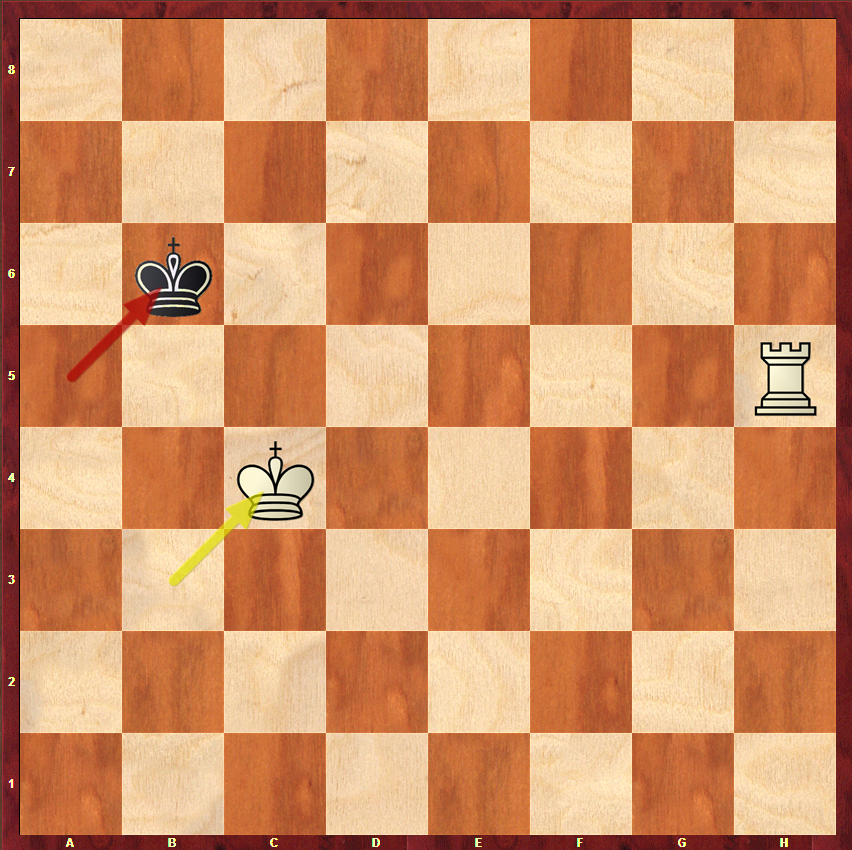Mikhail Tal - former World Champion for a mere 1 year 6 days, when he lost the title to the Mikhail Botvinnik in 1961.
1959 Candidates Bled - Tal Wins the Candidates tournament convincingly finishing 20.0/28 with a lead of 1.5 points from 2nd placed Paul Keres
1960 - Tal Wins Championship match against Mikhail Botvinnik 12.5 - 8.5 after 21 games.
1961 - Mikhail Botvinnik challenges Tal to a rematch, (Yes in that time, it was an option to the ex-world champ to challenge if he loses and that was the last year this rule was ever kept) Botvinnik wins.
Mikhail Tal was known for his crazy sacrifices over the board and very strong aggressive play. Many of his sacrifices left his opponents bamboozled and they often made mistakes thus giving Tal the edge. It was him this Magician who presented the world the beauty of chess through sacrifices and tactics never seen before. They called him the Magician from Riga, as Tal was born in Riga, Latvia.
Every great magic trick consists of three parts or acts.
The first part is called 'The Pledge' - The magician shows you something ordinary: a deck of cards, a bird or a man. He shows you this object. Perhaps he asks you to inspect it to see if it is indeed real, unaltered, normal. But of course... it probably isn't.
The second act is called 'The Turn' - The magician takes the ordinary something and makes it do something extraordinary. Now you're looking for the secret... but you won't find it, because of course you're not really looking. You don't really want to know. You want to be fooled. But you wouldn't clap yet. Because making something disappear isn't enough; you have to bring it back.
That's why every magic trick has a third act, the hardest part, the part we call 'The Prestige'
- Quotes from The Prestige (2006)
Here are some positions from games of Tal where he created 'Magic' over the board... Give these positions a thought and try your hand at them. Can you re create the magic ?
Level: 1800-2000 rated
Let's start with a rather easy one !
Hope you enjoyed these few tricks played by the magician himself Mikhail Tal...
Continue playing, Enjoy learning !!
Comments, likes and Shares are much appreciated ... Thanks !
1959 Candidates Bled - Tal Wins the Candidates tournament convincingly finishing 20.0/28 with a lead of 1.5 points from 2nd placed Paul Keres
1960 - Tal Wins Championship match against Mikhail Botvinnik 12.5 - 8.5 after 21 games.
1961 - Mikhail Botvinnik challenges Tal to a rematch, (Yes in that time, it was an option to the ex-world champ to challenge if he loses and that was the last year this rule was ever kept) Botvinnik wins.
Mikhail Tal was known for his crazy sacrifices over the board and very strong aggressive play. Many of his sacrifices left his opponents bamboozled and they often made mistakes thus giving Tal the edge. It was him this Magician who presented the world the beauty of chess through sacrifices and tactics never seen before. They called him the Magician from Riga, as Tal was born in Riga, Latvia.
Every great magic trick consists of three parts or acts.
The first part is called 'The Pledge' - The magician shows you something ordinary: a deck of cards, a bird or a man. He shows you this object. Perhaps he asks you to inspect it to see if it is indeed real, unaltered, normal. But of course... it probably isn't.
The second act is called 'The Turn' - The magician takes the ordinary something and makes it do something extraordinary. Now you're looking for the secret... but you won't find it, because of course you're not really looking. You don't really want to know. You want to be fooled. But you wouldn't clap yet. Because making something disappear isn't enough; you have to bring it back.
That's why every magic trick has a third act, the hardest part, the part we call 'The Prestige'
- Quotes from The Prestige (2006)
Here are some positions from games of Tal where he created 'Magic' over the board... Give these positions a thought and try your hand at them. Can you re create the magic ?
Level: 1800-2000 rated
Let's start with a rather easy one !
Hope you enjoyed these few tricks played by the magician himself Mikhail Tal...
Continue playing, Enjoy learning !!
Comments, likes and Shares are much appreciated ... Thanks !



















































